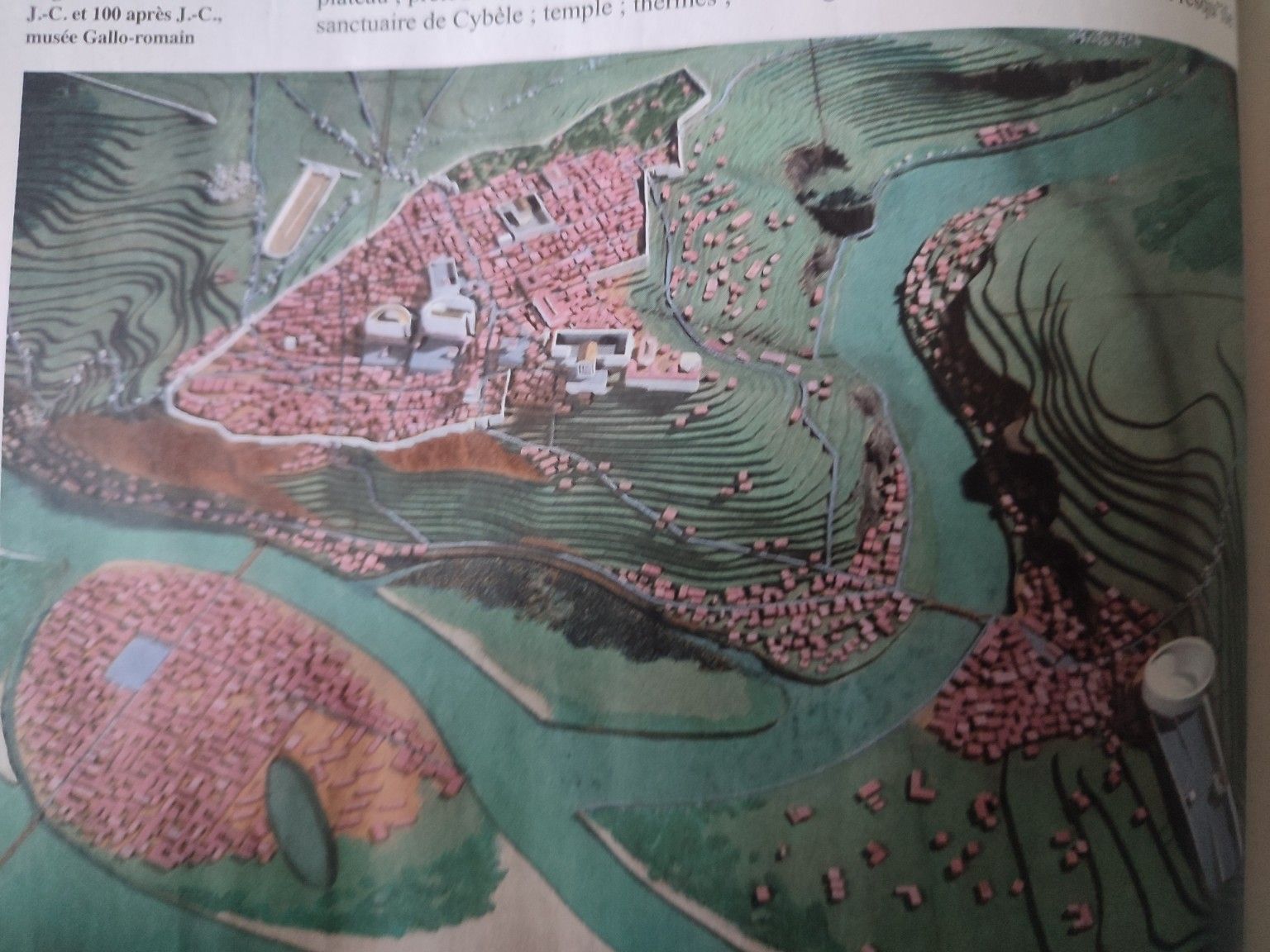Lugdunum: The Roman Capital That Became Lyon
Didac Trave Martos • October 13, 2025



From pedicab tours to private walking tours, including thematic experiences like music and Lyon’s cultural heritage, as well as food and wine tasting tours.
We also create custom-made tours, tailored to your interests and needs.